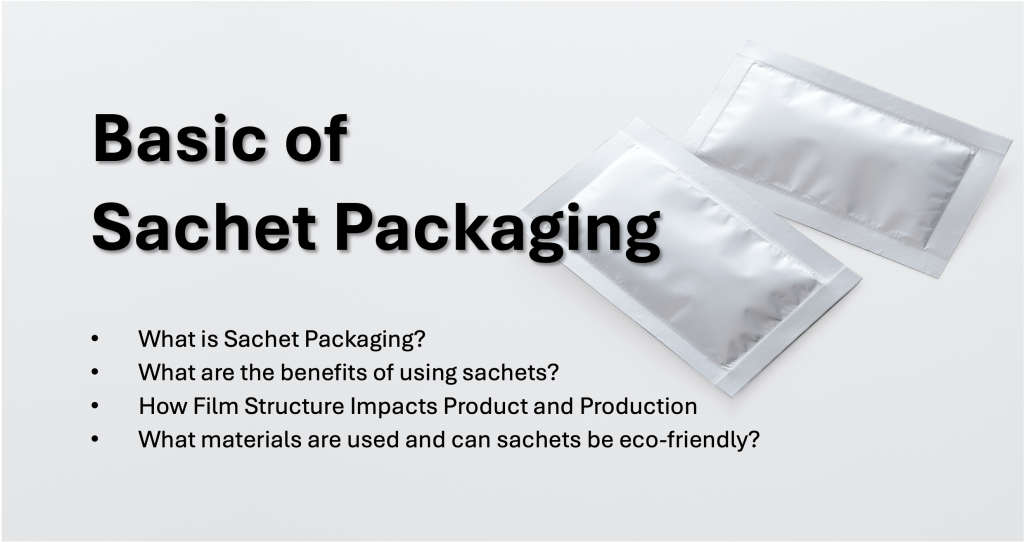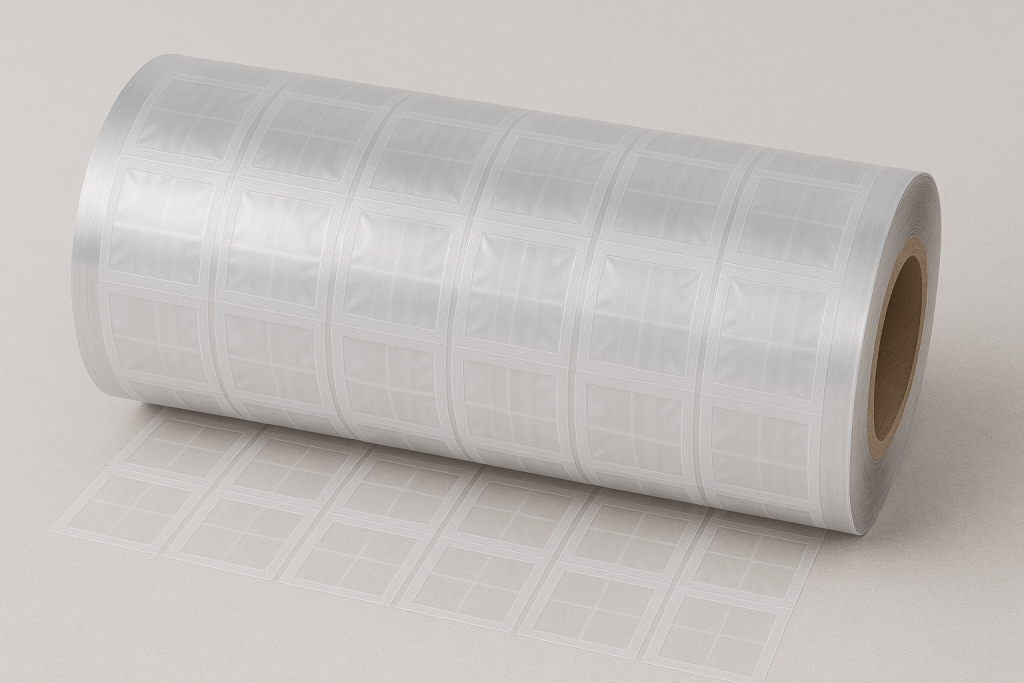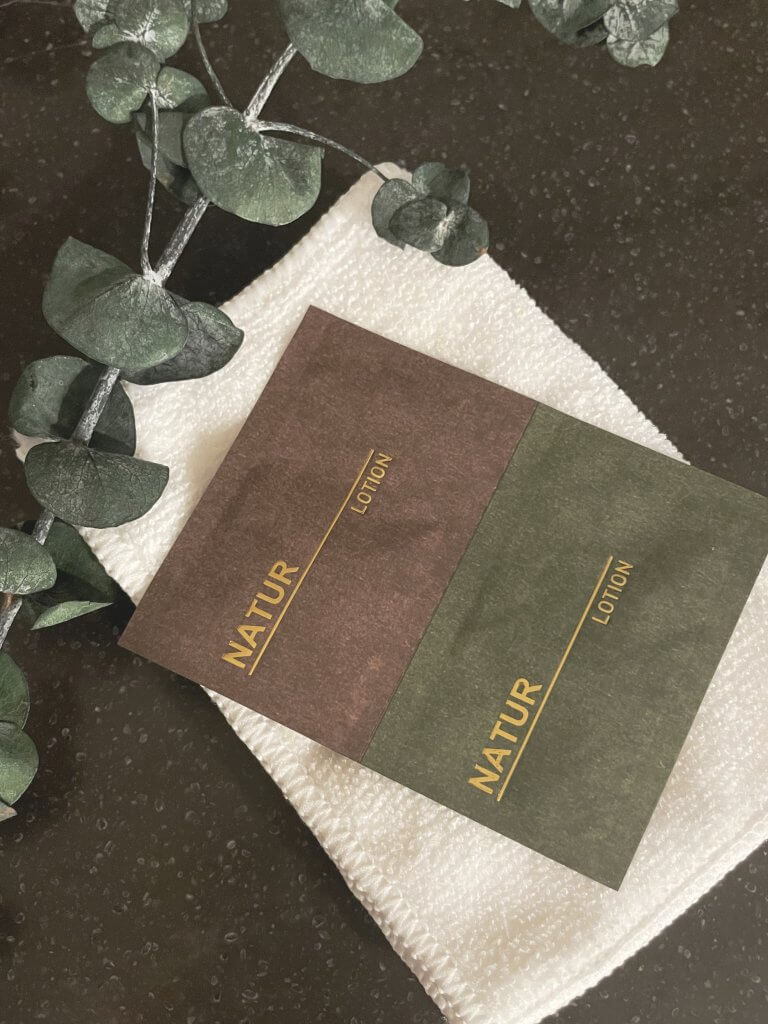Sachet packaging is making a bold impression in the crowded consumer goods space, especially in beauty and personal care, where first impressions matter most. That’s why more brands are turning to sample sachets as a powerful tool for customer acquisition and product trial.
In this beginner’s guide, we’ll walk you through everything brands need to know about sachet packaging from a supplier’s perspective covering material selection, sustainability, design, manufacturing tips, and more.

What is Sachet Packaging?
Sachet packaging refers to small, sealed flexible packaging that typically contain a single-use amount of product. These are widely used for various products, including
- Cosmetics and skincare (e.g., serums, lotions)
- Personal care (e.g., shampoos, conditioners)
- Food and beverage samples (e.g., coffee, supplements)
- Pharmaceuticals and healthcare (e.g., gels, powders)
These packaging are usually made from flexible materials like plastic, foil, or paper-laminate structures, designed to protect the product while offering convenience to consumers.
What are the benefits of using sachets?
Brands use sachet packaging because sampling shows the promising results. According to Soho Sampling article, Bobbi Brown’s sampling efforts resulted in 86% of recipients leaving a five-star review, and 100% either recommending the product or planning to buy it themselves. But why is product sampling so effective? The article states, “It all comes down to consumer psychology—specifically, principles like reciprocity, risk reduction, sensory engagement, and brand trust.”
From a supplier’s perspective, sachet packaging is a popular choice for brands because:
✅ Low Environmental Footprint
Sachet packaging uses less material than rigid containers like a glass vial. Many suppliers now offer recycle-ready monomaterial options that align with brands’ sustainability goals.
✅ Efficient in Manufacturing
Sachet formats are compatible with high-speed filling machines, reducing production time and waste. Suppliers can provide roll-fed films or premade sachets depending on your filling equipment.
✅ High Barrier Protection
Suppliers can customize film layers to offer various barrier properties depending on the product needs.
How Film Structure Impacts Product and Production
Choosing the right material structure is essential. The combination of materials can impact not just for keeping your product safe, but also for ensuring smooth manufacturing. The right film construction can make the difference between a successful launch and costly production delays.
🛡️ Product Protection
The film structure directly impacts product integrity and shelf life.
- Prevents packaging interaction with product: This is one of the most overlooked aspects in sachet packaging, especially for cosmetics and pharmaceuticals. Active ingredients can migrate into the packaging material, reducing product effectiveness and stability over time.
- Barrier protection from outside elements: Key to maintaining product stability throughout its shelf life.
- Ensures reliable seals: Prevents leakage and preserves product quality.
- Avoid film delamination: Selecting the right film material structure reduces the risk of layer separation that can compromise barrier performance and visual appeal.

⚙️ Manufacturing Process
The structure and quality of your film material directly influence how smoothly and efficiently sachets run on filling equipment. The right film can improve consistency, reduce waste, and optimize production yield.
Impact on Print Alignment
One often-overlooked factor is print alignment. In high-speed production, even slight shifts in film tension or registration can cause the printed design to misalign.
- Dimensional Stability: Materials with better thermal and mechanical stability are less likely to stretch or shrink, which helps maintain consistent registration between the printed design and the sealing/cutting zones.
- Surface Smoothness and Friction: Films with controlled surface properties allow for smoother transport through equipment, reducing slippage and misalignment.
- Lamination Quality: Well-laminated multi-layer films prevent curl and uneven tension, supporting better web tracking and visual alignment.
A higher printing alignment tolerance allows for minor deviations without compromising the visual quality or structural integrity of the sachet.
Impact on Speed & Output
Proper film structure speeds up sealing and reduces wrinkles. This improves efficiency and cuts production waste.
- Sealability: A proper film structure enables reliable seals at lower temperatures, which reduces energy use, shortens cool-down time, and increases production speed.
- Film wrinkles: When the film isn’t laminated properly or lacks structural integrity, it can lead to film wrinkles. Film wrinkles can lead to sealing issues which can impact production speed.
What may seem like minor material choices can have a major impact on production efficiency and profitability. As a supplier, we recommend selecting materials based on your product’s characteristics and cost targets.

Design and Branding Considerations
Your sachet is often the first (and only) impression your product makes. Ensure that suppliers can accurately match film colors to the actual bottle products for consistent branding. Always request a print-proof or mockup to verify design placement before full production.
How to Choose a Sachet Packaging Supplier
When sourcing sachet packaging, consider these criteria:
- Material Expertise: Can they recommend suitable structures for your product?
- Print Quality: Do they offer print technology suited to your brand image?
- Sustainability Solutions: Do they offer packaging solutions that align with your brand?
- Lead Time & MOQ: Can they accommodate small batches or fast turnarounds?
Working with an experienced supplier can save you time, reduce production errors, and help ensure your sachet delivers on performance and aesthetics.
What materials are used and can sachets be eco‑friendly?
Sachets are typically made from multi-layer films that protect liquids but are difficult to recycle. While sustainable alternatives like monomaterials and compostables are emerging, most sachets still fall outside current recycling systems.
However, it’s worth being mindful of how recycling systems and packaging regulations are evolving. As infrastructure and policies improve, flexible formats like sachets may become more widely accepted. Brands that stay ahead of these changes will be better positioned to meet sustainability goals.
Conclusions
Sachet packaging is more than just a sample. It is a strategic marketing and product delivery tool. From protecting formulations to replicating the experience of full-size products, the right sachet can elevate your brand and expand your reach.
Whether you’re new to sachet packaging or looking to improve production efficiency, innovation from a supplier’s perspective means more than just offering new materials. It’s about helping brands evaluate how materials perform on real production lines, understanding trade-offs, improving runnability, and ensuring consistent, scalable output.
Together, we can find the right solution that aligns with your product goals and operational realities. Contact us today to learn more about ZACROS AMERICA’s sachet film capabilities.
